Bread for breakfast
Many years ago, I heard this comment.
It was a CEO of a manufacturing company.
I personally don't like to use the word "typical", but this man said that "Typical carb choice for Japanese is bread for breakfast, noodle for lunch, and rice for dinner."
More specifically, "toast for breakfast, ramen for lunch, rice for dinner". And he went on to talk about his company planning to manufacture products that fulfill the demand for all 3.
This was an interesting and fairly accurate statement.
Many Japanese do choose bread for breakfast: toast with butter and jam, table roll, and baguette.
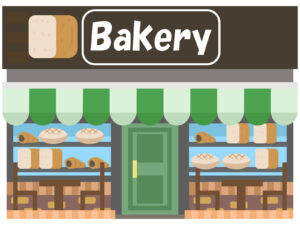
Walking in the streets of Japan, you notice how often you see the sign "パン屋・Pan-ya・bakery". In fact, I was disappointed that it was hard to find similar shops in Mainland US.
Western countries are the masters of bread. When Japanese chefs learnt the traditional recipe and technique, they expanded the bread market to a whole new level.
Now, almost every major train stations have a bakery right around the corner. You can smell it!
Through the glass wall, you see wide variety of freshly baked items nicely displayed on trays or in baskets. When you enter the shop, you take a tray and a tong, walk along the shelf full of breads and pick ones that you want.
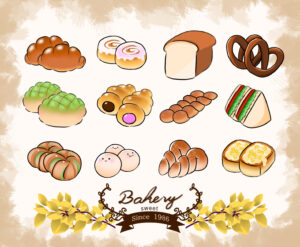
From traditional British loaf, French baguettes, and croissants to Danish pastry with salty fillings and sweet fillings, soft bread filled with custard cream, azuki, chocolate, fruits, curry, ham&cheese... There are endless choices that looking so good that every time I stop by one, I come out with a big bag full of breads in my arms.
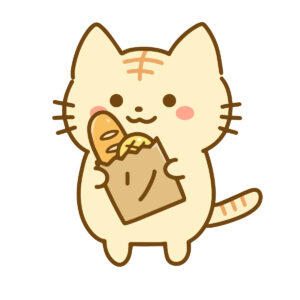
History of Bread in Japan

"パン・Pan" is how Japanese call breads in general. It came from a Portuguese word "pāo (bread)".
In 1543, the very first bread landed in Japan when Portuguese ship was washed ashore on Tanegasima which is a small island off the coast of Kagoshima pref.
But it was after Meiji era (1868-) when Western culture started to rush into the country that breads and bakery started to blossom in Japan starting in Yokohama and Kobe area (both international port towns).
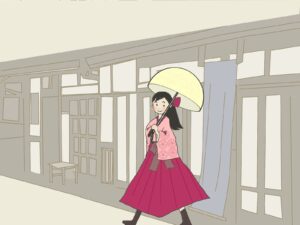
The first Japanese bakery shop was said to be opened by Heikichi Uchimi in 1860.
"Yokohama Bakery" (by British baker Robert Clark) was the first bakery shop where British loaf bread was sold in 1862. Hikotarō Uchiki, an apprentice of Robert Clark, became a successor of Yokohama Bakery, and opened "Yokohama Bakery Uchiki store (よこはまべーかりーうちきしょうてん)" in 1888.
Currently called "Uchiki Pan (うちきぱん)", it has continuously been one of the most respected bakeries in Japan. (ref: History of Bread in Japan from Uchiki Pan Website)
Kasi-pan・Bread as a sweet snack
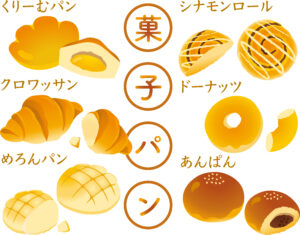
Kasi-pan (菓子パン)means snack bread or sweet bread. Not only at bakeries, wide variety of packaged kasi-pans are available at super markets and convenience stores. These are popular snacks and light lunch.
Japan is ranked number 1 in bread consumption in Asian countries where rice is the major carb choice. Kasi-pan contributes a lot to this.
Current top selling Kasi-pans are Japanese originals:
- Cream Pan・クリームパン
- Melon Pan・メロンパン
- An Pan・あんパン
- Choco Pan・チョコパン
I'm a bread lover myself, almost always choose bread over rice. And I can say that I grew up with kasi-pans as my main meals (not healthy, I know). I still think Japan offers the most variety of kasi-pans in the world.
But, it's not just the taste of kasi-pan that made it so popular. Another big factor is that It's very easy and convenient for busy people. You can eat with one hand, no mess, no prep. You can compare them to hamburger, but kasi-pan is easier to eat.
It's a bit off the topic, but there are many Asian influenced bakeries in Hawaii: Japanese, Chinese, Korean, and Hawaiian. Compared to US mainland, it's so much easier to find kasi-pans. If you visit Hawaii, please seek one and enjoy kasi-pans.

See you next time! 
Please note




